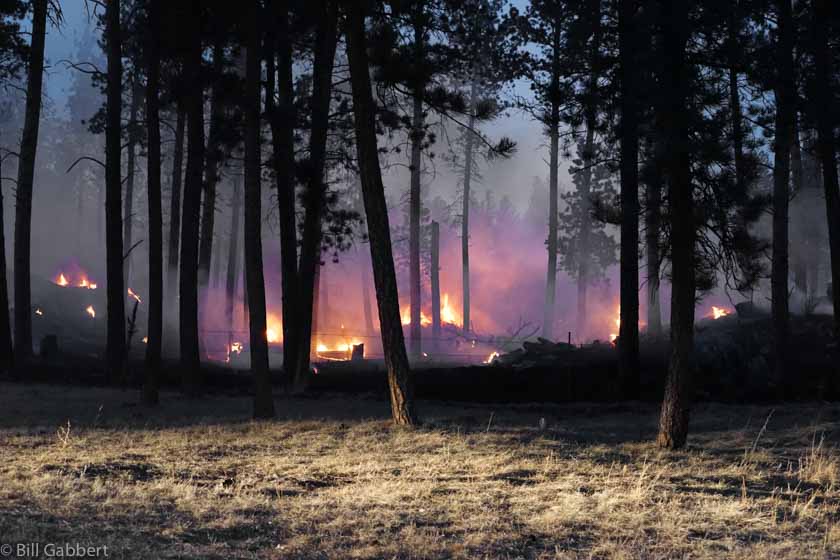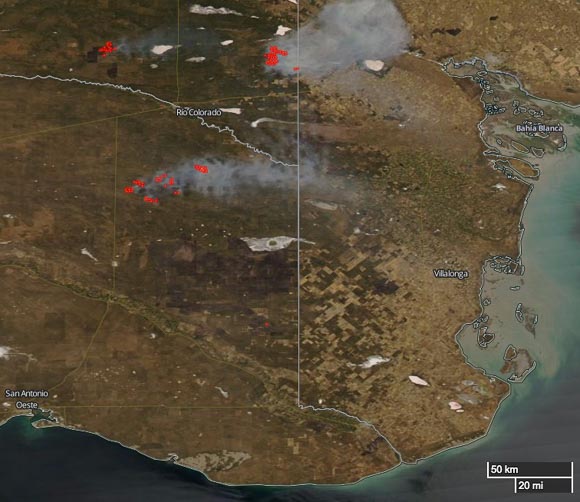The following article, written by Phil Daniels, is from the Colorado Division of Fire Prevention and Control and describes an assignment of the “Gray Team” on the fire that burned into Gatlinburg, Tennessee in late November.
****
“The Southern Area of the US had been suffering from significant drought for most of 2016. Early in November, the George Washington / Jefferson National Forest requested our crew to respond to Virginia to be available for fires which may occur. They didn’t have to wait long! During their over two week assignment, the crew worked on two large fires in addition to their being pre-positioned for new fires.
Later that month, the USFS requested that we deploy our Multi Mission Aircraft to South Carolina to assist in the detection of new fires and provide mapping and other services to existing fires. The MMA flew missions daily across all of the southern states for over three weeks.
Finally, on the week of Thanksgiving, the Southern Area again asked for our assistance; this time requesting a Type 3 Incident Management Team to preposition to Eastern Tennessee in case of a large fire needing a higher level of management. Our Team departed for Johnson City, TN, on November 27, but before they could arrive they were diverted to the Great Smoky National Park to manage the Chimney Tops 2 fire just South of Gatlinburg.
Our arrival coincided with the mass evacuation of Gatlinburg and the team members got to experience first hand the chaos associated with moving 25,000 people down a single road in advance of an inferno.
For the next two weeks, our team and the Southern Area “Red Team” (a type 1 IMT) assisted the Park and the surrounding communities in suppressing the wildland fires and returning their lives to as close normal as possible.
The team consisted of experts in the area of incident management from DFPC, Boulder Rural Fire Rescue, Pagosa Fire Department, and the BLM. Each of the team members were able to have a positive impact on their counterparts in the towns of Pigeon Forge and Gatlinburg.”
****
The fire spread into Gatlinburg, killing 14 people, burning 2,013 homes and 53 commercial structures, and causing more than $500 million in damage.
For the most current information about the Chimney Tops 2 Fire at Gatlinburg, see our articles tagged “Chimney 2 Fire”.
Typos or errors, report them HERE.












